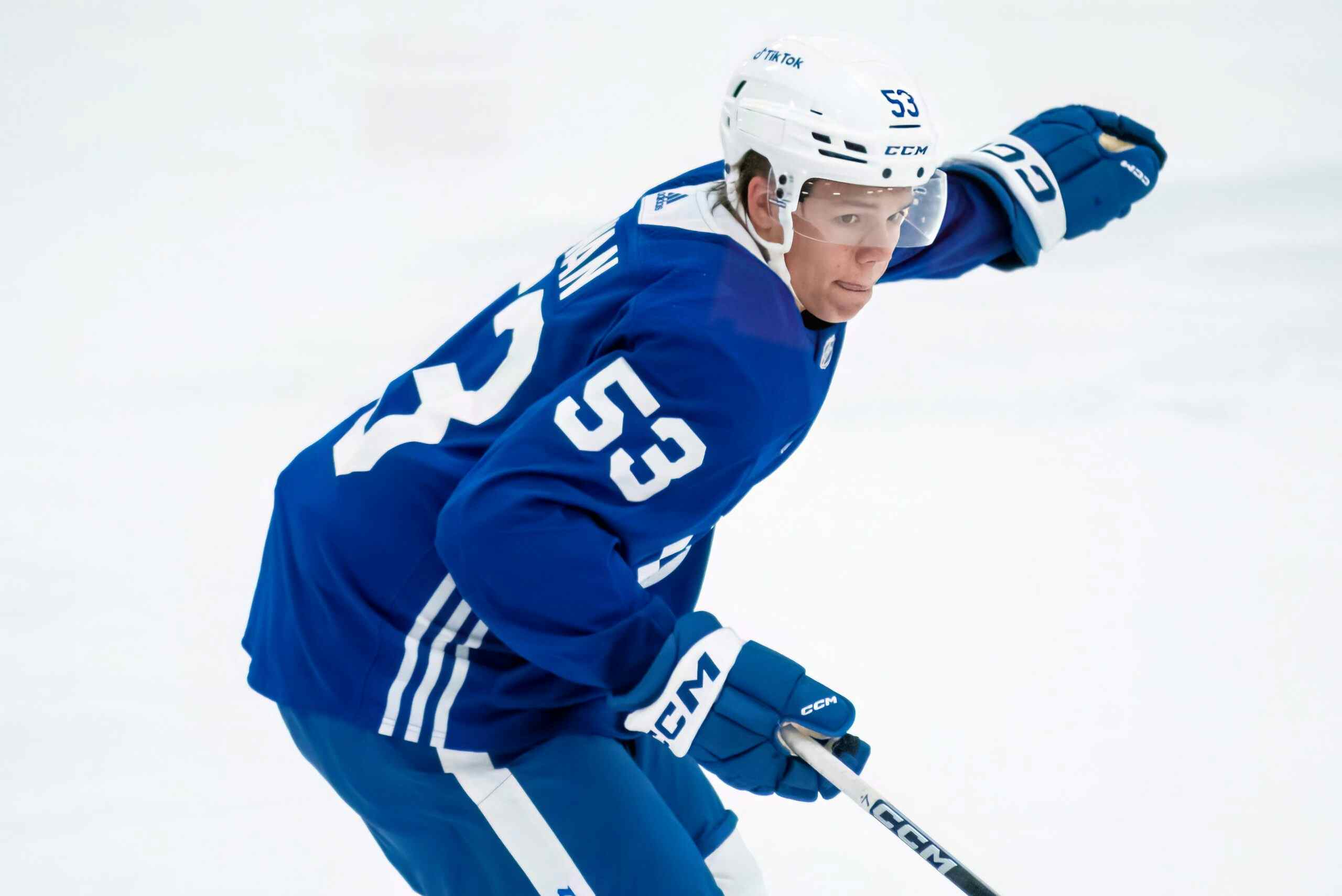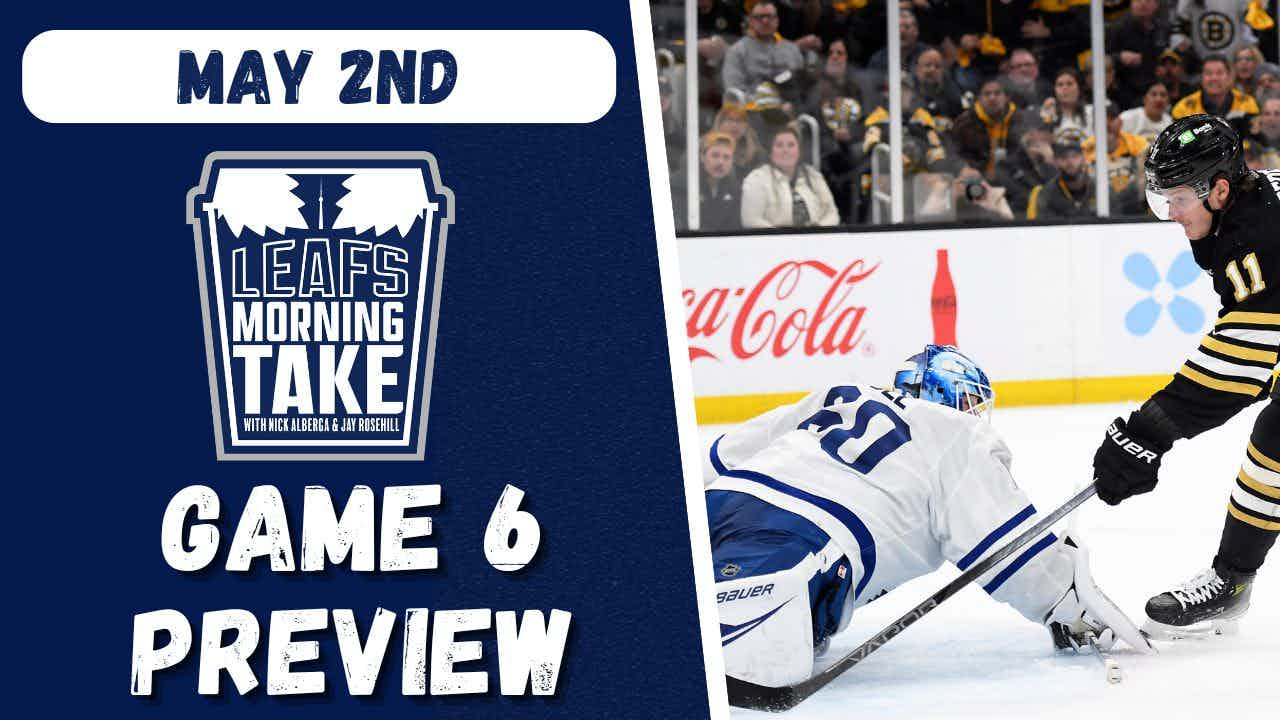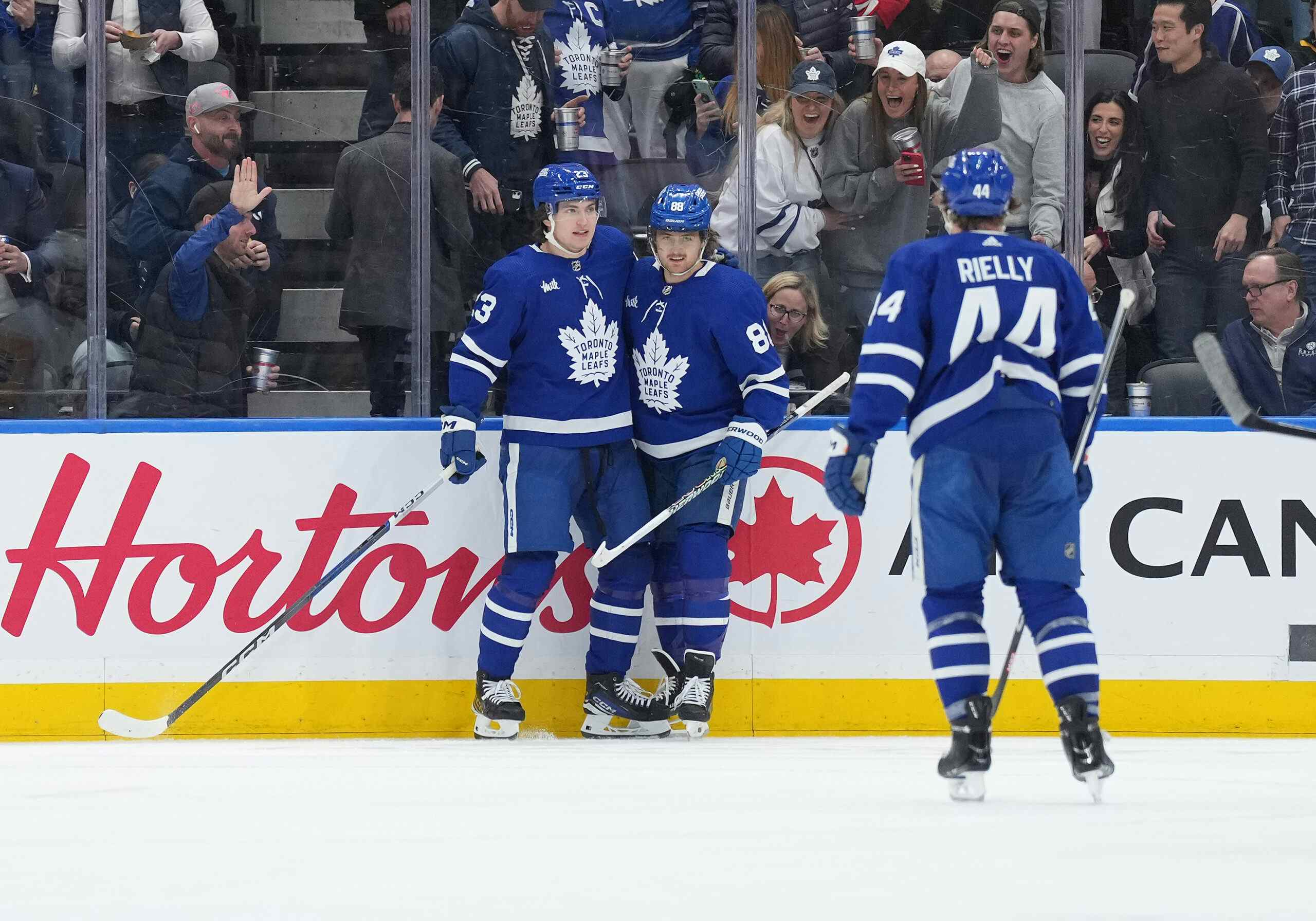When putting value on draft picks goes wrong
By Ryan Fancey
7 years agoTrying to establish some sort of value system for draft picks has been the focus of many analytics-focused front offices and independent sports outlets for a little while now. And it’s no doubt a worthwhile endeavor that can likely help teams stay disciplined at the draft and avoid letting their gut get the best of them.
But the general takeaway of draft pick value in the NHL is that as you get outside the first few selections, the probability of landing an impact player essentially goes off a cliff, so you might be best off accumulating a few extra lottery tickets in the later rounds and increase your odds that one hits.
It’s easy to get behind this sort of approach later down the line, but trying to apply this sort of thinking to the top of the draft can be tricky. Or, in the case of this piece from TSN yesterday, almost disastrous.
The big problem with this way of looking at draft pick value is it uses expected games played as currency. That might be useful when we talk about flipping a fourth rounder for two fifths, since, again, at that point finding an NHL player at all is incredibly unlikely. But up near the top, where you have Auston Matthews, the same standards can’t apply.
Take this proposed deal, for example:

Maybe a slight overpay here, but considering the premiums most teams have to pay to move up at the draft, I think this might be the most reasonable package yet. This could, if you pay attention to the mock drafts, look something like Auston Matthews to Arizona in exchange for one of Alexander Nylander or Mikhail Sergachev plus one of Adam Mascherin or Luke Kunin.
A slight overpay. BY ARIZONA.
If the Leafs made a move like this, they’d have to turf their entire front office. Sure, value-wise, you can expect more games played here. But those games won’t be played by Auston Matthews.
There are other proposals sprinkled throughout this piece, including one where Philadelphia uses a bunch of later round selections to make up enough value for the top spot. Again, this approach doesn’t factor in for high-end players versus fourth-line grinders, so I guess it works if you don’t care which of these you build your team out of.
While I do think it’s more likely than not that Toronto stays at one and selects Matthews with the pick, I don’t think it’s an absolute guarantee. Doubly so for a numbers-savvy Leafs organization that you can bet is doing the exact type of draft valuation exercise I went through here, looking for opportunities to accumulate a higher volume of picks
Make no mistake, the Leafs are numbers-savvy, which is why I know they’ll put a premium on top line skill. They’re also likely a team that factors in risk, which these pick valuations do not. When you have an NHL-ready elite center at the top of the draft, you don’t move that pick to get two or three prospects who’ll likely go back to junior and hopefully turn into pros. You just make the pick.
Even the slide-down from first overall to second is hardly worth exploring since, as the TSN piece even points out, using this value method, the gap is closed by a fourth round pick. A fourth round pick to land you Connor McDavid over Jack Eichel. Think about that.
Lastly, like most hockey pundits who dig into this idea of trading down picks for volume, we again get a mention of Bill Belichick and the Patriots’ approach in the draft over the last couple decades. If you want the Coles Notes on that whole thing, the basic premise is that Bill Belichick (arguably the smartest sports human on this planet) takes advantage of this simple fact:
Perhaps the most common characteristic of bad organizations is that they
make a habit of giving away draft picks to trade up and acquire a
player with an earlier selection…The evidence suggests the NFL draft is most likely a crapshoot, so even if your team’s draft board has a first-round grade on a player left in the middle of the second round, chances are that the rest of the league is right and you’re wrong. Teams do trade up and succeed, of course, in the same way that a drunk blackjack player hits on 16 against a five and wins sometimes, but it’s not an optimal strategy.
The NHL draft, like the NFL’s and other leagues’, is mostly a crapshoot. That much is true. But the key word there is “mostly”, and at the top of the order is where it isn’t. Why on earth would a team trade essentially a can’t-miss player from the number one selection to grab more tickets for the actual crapshoot portion of the draft? It makes no sense.
Also, it’s worth noting that Belichick article is commonly shared, and oversimplified when it is. If you look through and view some of what are considered his best trades, it isn’t always just a trade-down scenario. In some cases the Pats will trade for higher picks in the following draft, or even unload picks for a roster player. The main takeaway from that piece is actually that New England doesn’t get too attached to its aging free agents, lets them walk, and accumulates value through compensatory picks. Calling every trade-down at the draft “Belichicking” or “The Hoodie Play” and applying some level of genius to it is a bit foolish, and misrepresents what is actually going on there. Not to mention, NHL teams have been trading down in the draft literally every year. It’s nothing new.
Toronto’s front office is going to crunch the numbers and do their homework on every pick. We know that. But they’re also going to look at managing risk, and moving the Matthews pick would obviously present way too much of it.
If the end-goal was to see how many prospects you can turn into SPC slots (pro contracts), maybe the volume plays put forth at TSN would make sense. But since those slots are limited, it might be better to try to make the most of them and win games with high-end talent instead.
Recent articles from Ryan Fancey





